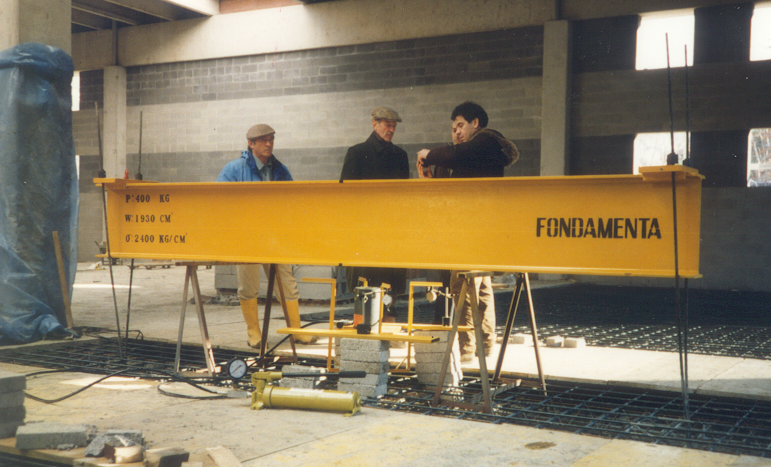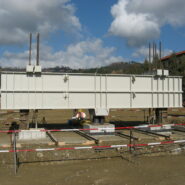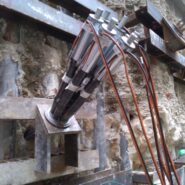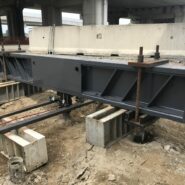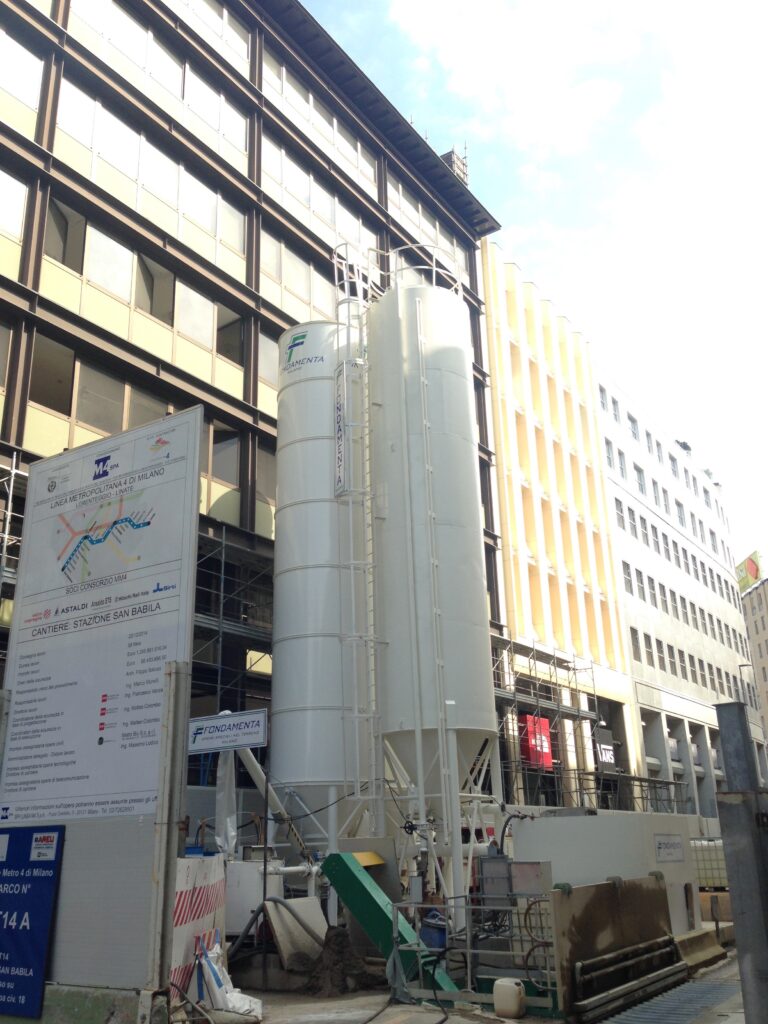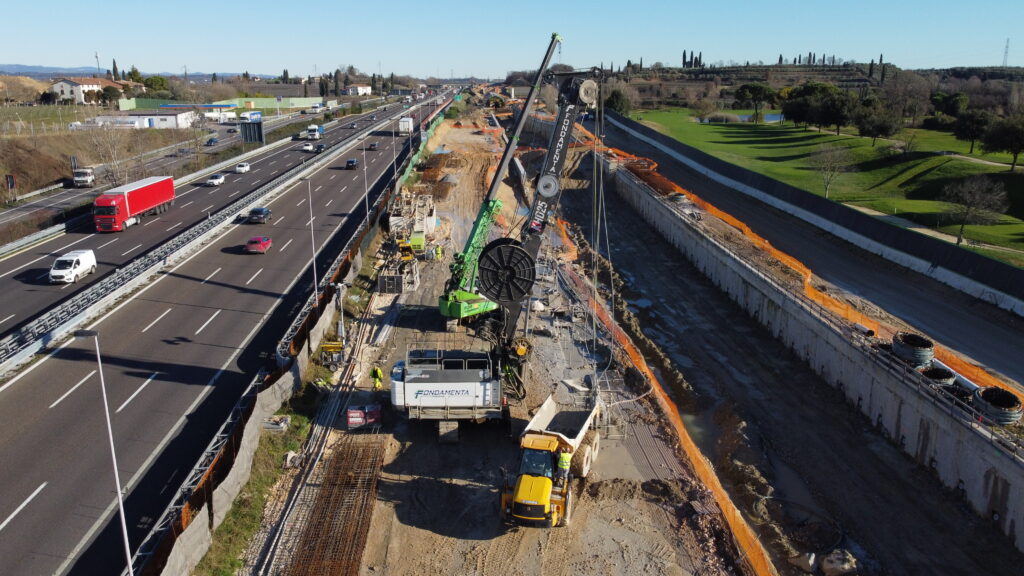Load Testing
With thirty years of experience, Fondamenta can design and conduct load tests up to 3000 tons on all types of foundation structures. Load tests assess the bearing capacity and safety of structures by simulating operational conditions to ensure they can withstand expected loads without excessive deformation or failure.
Types of Load Tests:
- Static Load Tests: Apply a constant, progressive load to the structure, observing deformations and reactions to verify bearing capacity.
- Dynamic Load Tests: Apply variable loads, like vibrations or impulses, simulating dynamic conditions for structures such as railway bridges, highways, and buildings in seismic zones.
Procedure:
- Preparation:
- Preliminary Analysis: Evaluate structure and site conditions, define test objectives.
- Planning: Develop a detailed test plan, including load type, application method, and measurement tools.
- Instrumentation:
- Deformation Sensors: Measure deformations and stresses during load application.
- Load Devices: Hydraulic jacks or weight systems for controlled load application.
- Data Acquisition Systems: Record and analyze data in real-time.
- Load Application:
- Gradual Increment/Decrement: Increase load gradually to avoid structural shock, with well-calibrated load cycles.
- Monitoring: Observe deformations, stresses, and other structural reactions.
- Observation and Measurement:
- Deformation Measurement: Detect structural deformations and movements in response to applied load.
- Stability Verification: Check structural stability under load, noting any signs of failure or abnormal behavior.
- Analysis and Interpretation:
- Model Comparison: Compare collected data with theoretical models or design specifications.
- Bearing Capacity Determination: Calculate the structure’s actual bearing capacity and compare it with design requirements.
- Conclusions and Report:
- Report Compilation: Detailed report including test results, observations, and conclusions.
- Recommendations: Provide recommendations for corrective actions or further investigations.
Applications:
- Design Verification: Ensure new constructions meet design requirements and can support expected loads.
- Maintenance and Safety: Assess the structural conditions of existing buildings to identify repair or maintenance needs.
- Geotechnical Investigations: Determine soil bearing capacity for foundation design.
Final Considerations:
Load tests are crucial for ensuring the safety and reliability of structures. They provide essential data for informed decision-making in the design, construction, and maintenance of projects, ensuring structures can withstand operational stresses and unforeseen events, contributing to long-term safety and durability.
Related projects
Are you interested in this service?
Contact us by filling the form.

